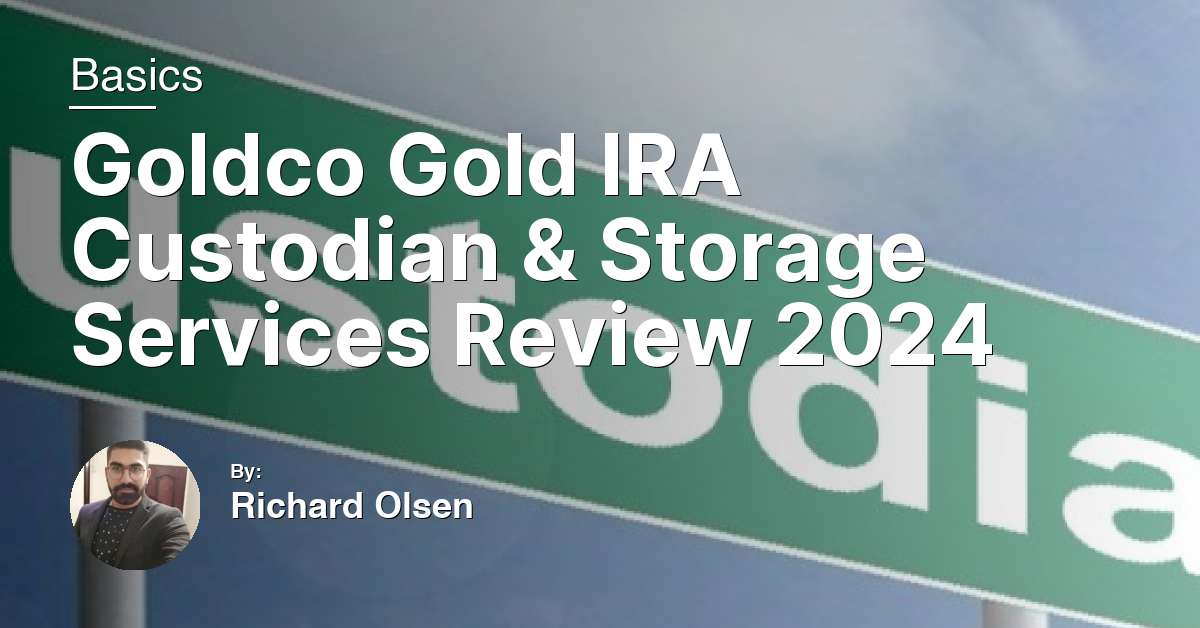In an era where financial stability is paramount for a comfortable retirement, diversifying your investment portfolio is key. This article delves into the strategic advantages of including gold and silver in your self-directed IRA. Discover how these precious metals can serve as a hedge against inflation and market volatility, potentially safeguarding your retirement savings. Join us as we explore the process, benefits, and considerations of making these timeless assets part of your retirement strategy.
Opening and Funding a Self-Directed Gold IRA
Opening a Self-Directed Gold IRA requires choosing a reputable custodian bank or financial institution approved by the IRS to handle precious metals. This custodian will assist in creating your account, ensuring compliance with IRS regulations. It’s essential to select a custodian experienced in dealing with gold and other precious metals to navigate the complexities of these investments.
Funding your IRA can be accomplished through a rollover from an existing retirement account, such as a 401(k) or Roth IRA, or by direct cash contribution. Be mindful of annual contribution limits and potential tax implications. Your custodian will guide you through the transfer process, ensuring a smooth transition of funds without triggering unnecessary taxes or penalties.
Once funded, you can choose to invest in various gold options, including bullion, coins, or gold-related securities like ETFs or mining stocks. However, the IRS has specific requirements for the fineness of physical gold investments and mandates that your custodian stores these assets securely.
Consulting with a financial adviser can provide personalized advice tailored to your investment goals, helping to diversify your retirement portfolio while considering risk, tax advantages, and potential for hedge against inflation.
Understanding Physical Gold IRA Rules and Regulations
Investing in physical gold within a Self-Directed IRA requires adherence to specific IRS rules to maintain the tax-advantaged status. First, the IRS mandates that the gold must have a minimum fineness of .995, and it must be held by a qualified custodian bank or an IRS-approved non-bank trustee. This rule ensures the purity and security of the gold investment.
Physical gold in an IRA can include coins, such as the American Gold Eagle, and bullion, but it must be purchased through an IRA account and directly transferred to the custodian. This process prevents the investor from taking personal possession of the gold, a crucial compliance factor to avoid potential tax penalties.
Regarding withdrawals, they follow the same rules as traditional IRAs, meaning Required Minimum Distributions (RMDs) start at age 72. However, physical gold must be sold for cash before distribution, as the IRS does not allow physical metals to be distributed directly.
Investors should consult with a financial adviser to navigate these regulations and consider a Self-Directed IRA as a diversified alternative investment strategy, especially as a hedge against inflation and during economic uncertainties.
Converting Existing IRAs to Gold Investments
Converting existing IRAs, whether it’s a Roth IRA, a traditional IRA, or a 401(k), into gold investments can be a strategic move to diversify your retirement portfolio. First, ensure your IRA custodian permits the inclusion of gold as an investment. Not all custodians offer this option, so you may need to transfer your IRA to one that specializes in precious metals.
The IRS has specific requirements for physical gold investments in an IRA. The gold must be stored in an approved depository; you cannot keep it at home. Acceptable forms of gold include American Gold Eagle coins, bars, and certain other bullion that meet the IRS purity standards.
To start the conversion process, you’ll execute a tax-free rollover or transfer from your existing IRA into a new or existing self-directed IRA that allows gold investments. Be mindful of the potential tax implications and consult with a financial advisor to ensure this move aligns with your overall investment strategy and retirement goals. This step is crucial for avoiding any unintended tax consequences or penalties.
Frequently Asked Questions
Can I use IRA money to buy gold?
You cannot use IRA money to buy gold directly, but there are specialized precious metal IRAs that allow you to invest in gold, palladium, silver, and other valuable metals for retirement.
What is the downside of a gold IRA?
The downside of a gold IRA is that it involves complex logistics and additional expenses, such as purchase commissions, storage fees, and insurance costs, which can reduce overall returns. Additionally, gold IRAs limit investments to IRS-approved precious metals.
Can you convert IRA to gold?
You can convert an IRA to gold by rolling it over into a gold IRA. Make sure to follow IRS rules to prevent penalties, such as conducting a direct transfer between custodians.
Is a gold IRA tax free?
A gold IRA is not tax-free. Contributions are not tax-deductible, but withdrawals are not taxed.

